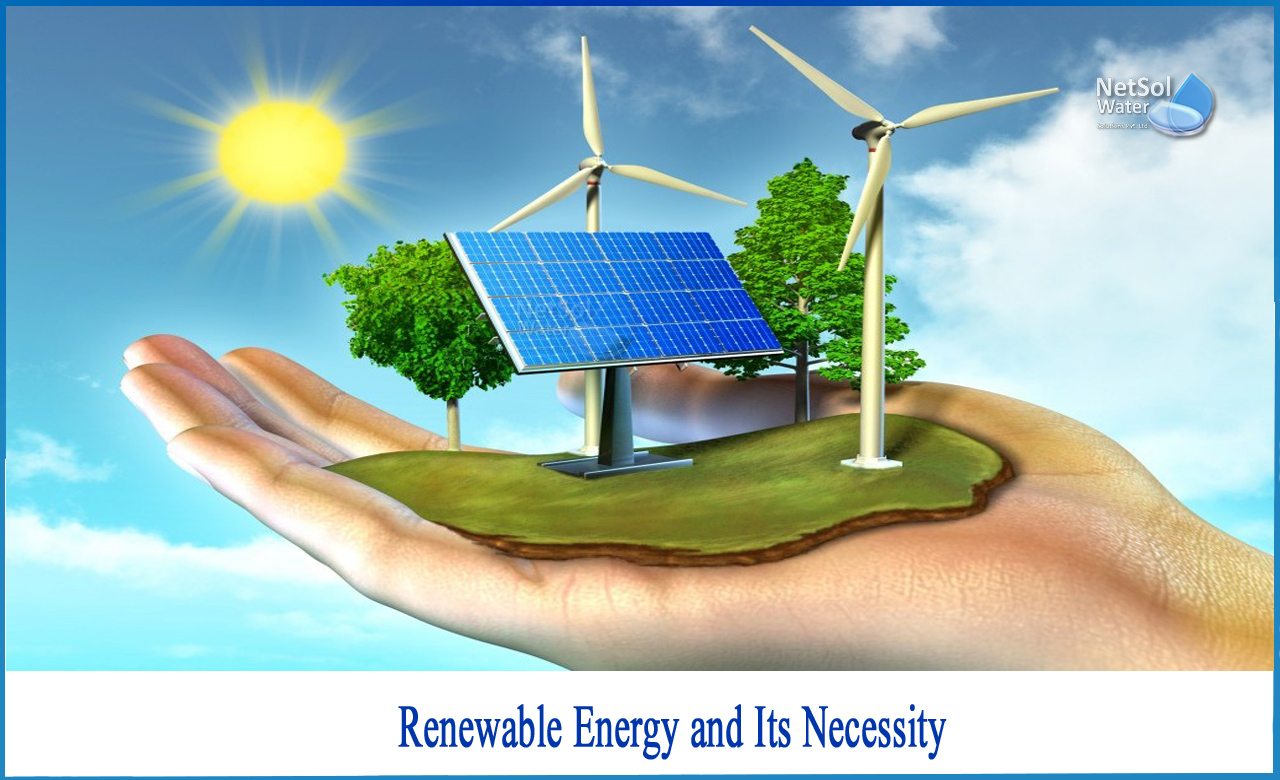
Sustainable energy use
Cities run on energy, accounting for about 75% of global energy consumption. Sustainable energy allows cities to power development while reducing adverse environmental effects. They can save energy in all sectors, including transport, building, street lighting, and agriculture.
Renewable energy is one of the strategies for sustainable energy use. Cities should intensify efforts to leverage solar, wind, hydro, and biomass to produce clean and sustainable energy. That would help cut back on fossil fuel emissions significantly.
Energy-efficient buildings also offer opportunities to cut back energy use, covering the construction phase and its operational life cycle. So, builders should use eco-friendly construction materials and techniques that allow natural thermal regulation and lighting.
Why is fish consumption not sustainable
After meat, fish is our primary source of proteins. However, is fish sustainable food? Sustainable seafood refers to seafood caught in the wild or farmed without causing a decline in marine life species. Fishes are abundant in the ocean, but the growing demand reduces their population.
The United Nations Food and Agricultural Organization estimates we overfish 85% of marine fish stocks. We move fish from their habitats before they can reproduce, reducing their population in the ecosystem. Other factors also make it difficult for fish to survive overfishing.
Things like rising sea temperatures, ocean acidification, plastic, and chemical pollution affect fish populations, making it difficult for them to survive overfishing. Overfishing disrupts the marine food web, as fish are a source of nutrients for other marine animals.
These animals would enter a state of decline because they don't feed properly. Also, the method used to fish can cause environmental damage. For instance, bottom trawling is a fishing technique that involves dragging a big net across the seabed. This method catches everything in its path.
It puts endangered animal species, i.e., sea turtles, at risk. Furthermore, the net disturbs the seabed- releasing carbon stored in the sediments. It also reduces the capacity of these areas to absorb carbon in the future.


